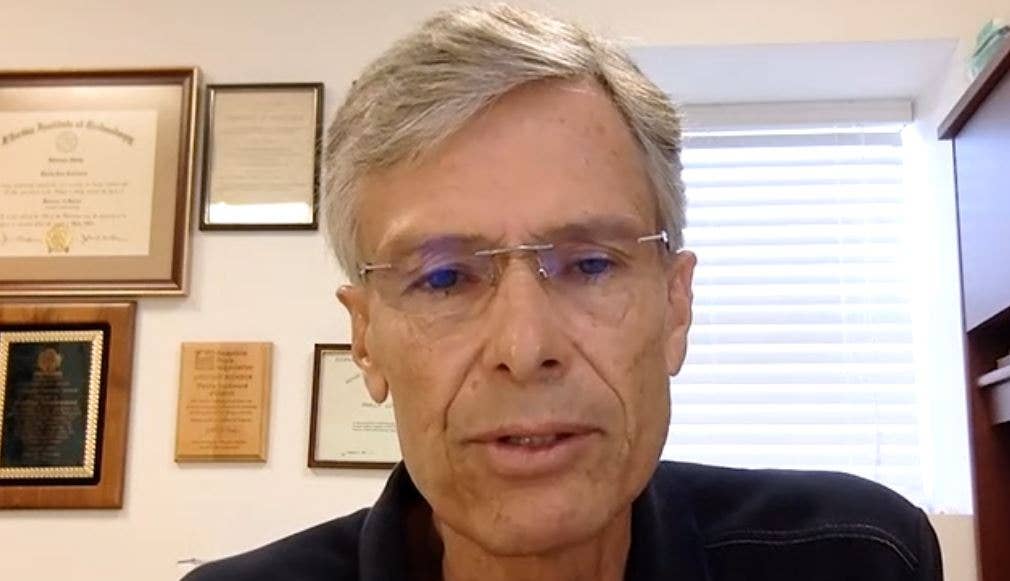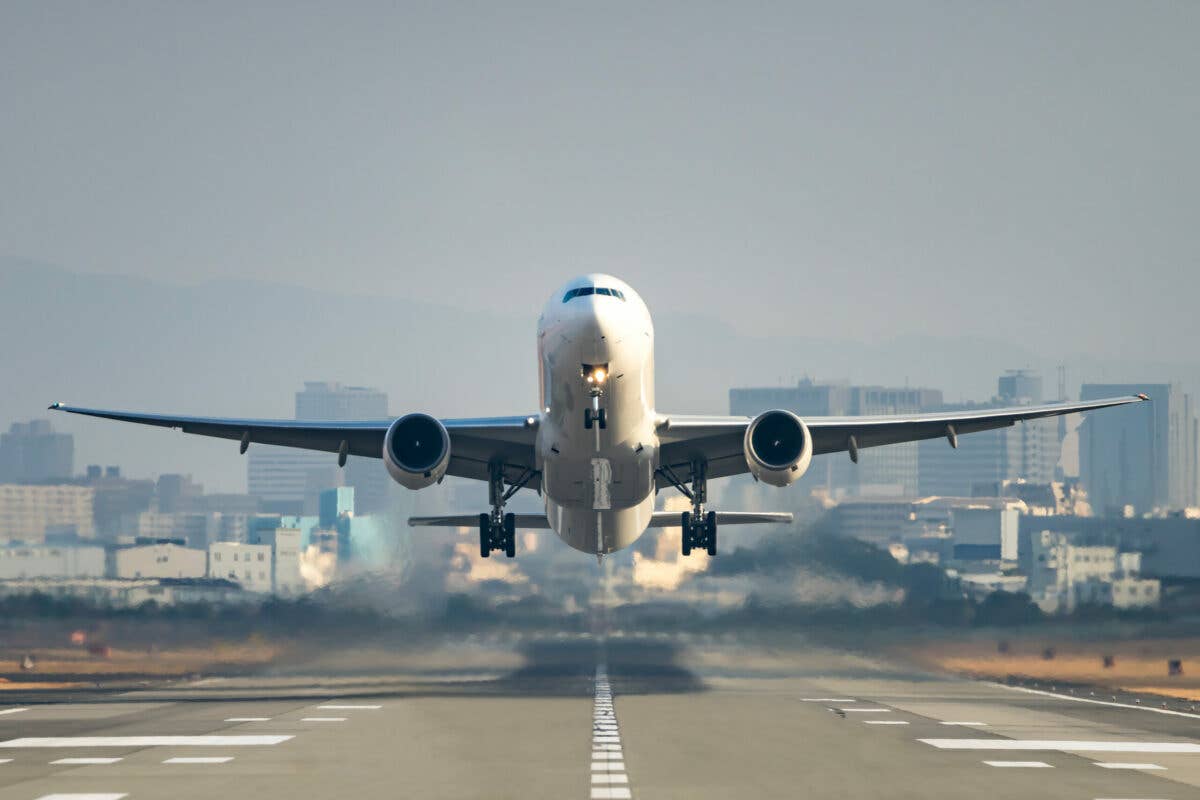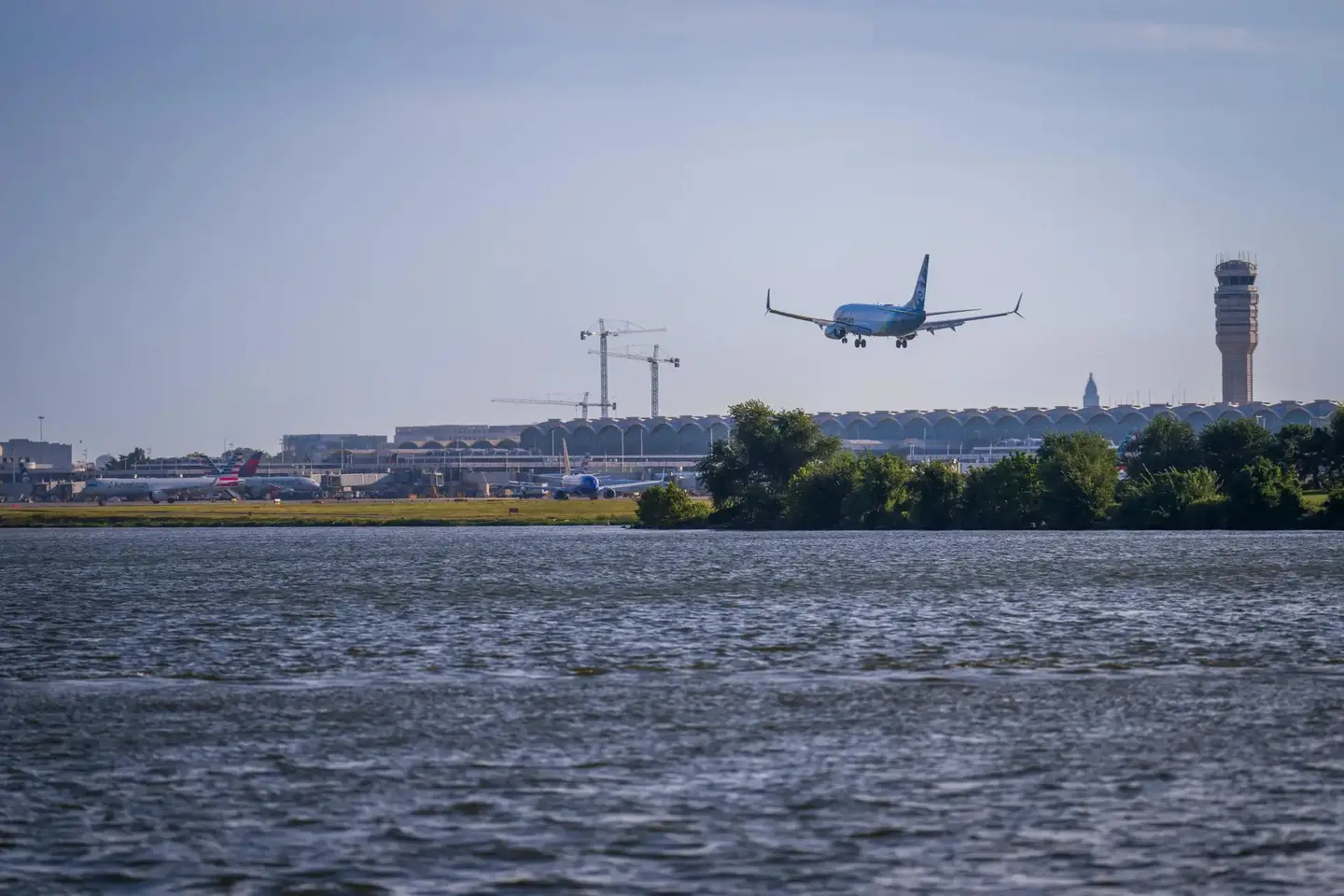
This fireside chat recap is from FLYING’s “What’s Next in General Aviation” Virtual Event on Wednesday.
FIRESIDE CHAT TOPIC: How AirCam designer Phil Lockwood transformed his career and influenced aviation with his unique experimental aircraft.
DETAILS: FLYING’s Thom Patterson talks with Phil Lockwood about how he became interested in aviation, as well as sharing the story behind the creation of the AirCam.
SPEAKER: Lockwood is CEO at Lockwood Aircraft Corp. He oversees production of the AirCam fast-build kitplane and its production. Lockwood also serves as president and CEO of Lockwood Aviation Supply, the largest service center for Rotax aircraft engines in North America.
BIO: Lockwood began his aviation career as a graduate of Florida Institute of Technology’s specialized School of Aeronautics in 1982 with a bachelor of science degree in air commerce and flight technology. He has been an active pilot since 1978 with more than 2,500 hours accumulated in more than 100 different types of aircraft. Lockwood has attained deep experience in evaluating and improving the performance and control harmony of light sport aircraft. Drawing on his experience as a wildlife photo platform pilot, Lockwood designed and built the first AirCam, an innovative twin-engine airplane, as a photo platform for a special National Geographic research project about the Ndoki Rain Forest in northern Congo. In 2006, Lockwood founded Aero Technical Institute, which teaches light sport aircraft and Rotax engine maintenance. A seaplane pilot for 25 years, Lockwood holds commercial single- and multi-sea ratings and serves the Seaplane Pilots Association as a director.
KEY QUOTES FROM LOCKWOOD:
“A group came to me wanting to do a special research project in the Ndoki Rainforest in north Congo. That was a different environment that was really no place to land where they wanted to operate and no chance of rescue if you went down. They wanted to use the same kinds of planes that I had been using, which was a plane called The Drifter and I told them, ‘I don’t think that’s a good idea. I mean, single-engine airplane, you’re telling me that there’s no place to land other than where we might take off and land out of the base camp, and no chance of rescue if we go down.’ Those aren’t the kind of odds that I really like. So I showed them some drawings I had been working on for the AirCam and they said, ‘OK, build the first one for us.’ I gave them a price, which was probably unrealistic, and they gave me their timeframe, which was also unrealistic, and not knowing any better I bid on it and in six months we had built the first prototype.”
“The engines really made the AirCam possible. Without them, we wouldn’t be able to do what we do. They’re very reliable engines. It’s quite unusual for you to hear of anybody having an engine failure in an AirCam. The engines work really well. So having two super-lightweight engines that have a great power-to-weight ratio—of course, the gear reduction drive—gives you a very slow prop rpm. That helps make it quiet. We have a good exhaust system. So as you overfly people on the ground—sparsely populated, at least 500 feet away—I mean, they can barely hear you. The airplane is whisper-quiet especially at low speeds.”

Sign-up for newsletters & special offers!
Get the latest FLYING stories & special offers delivered directly to your inbox






